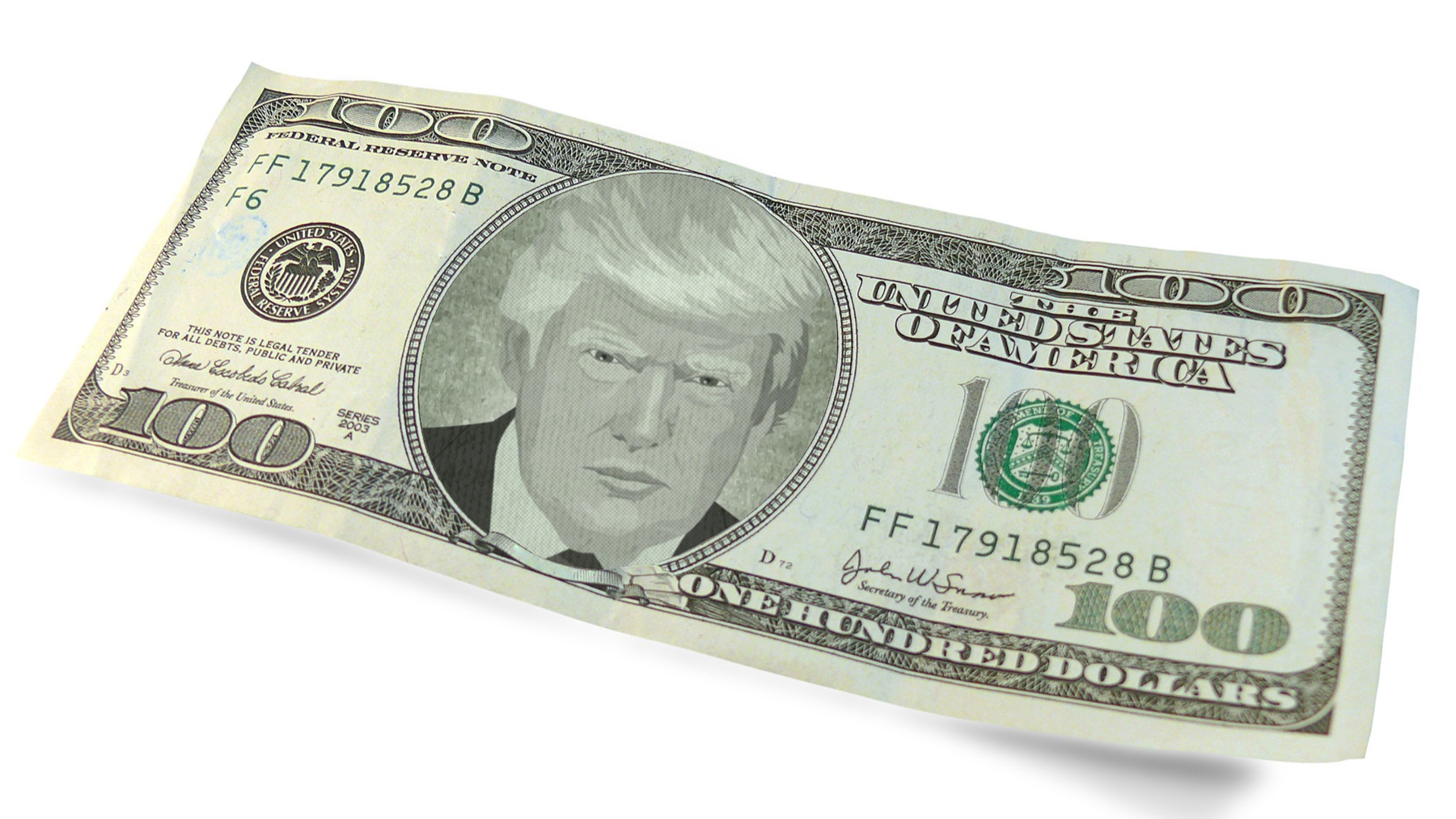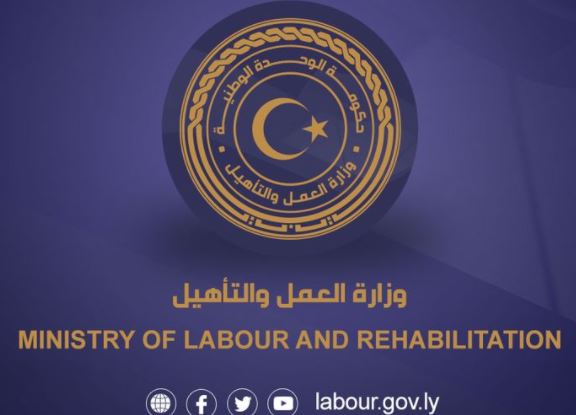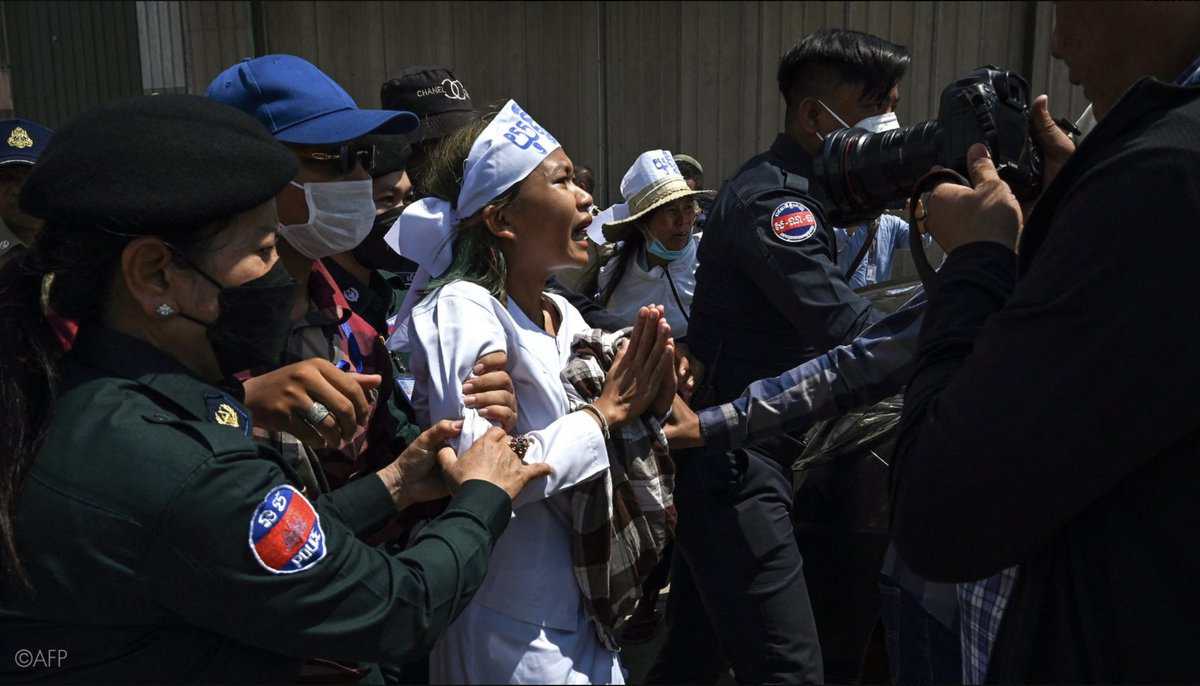Economic Policy Analysis and Sustainable Development Goal Implications
Global Economic Outlook and SDG 8: Decent Work and Economic Growth
Recent economic indicators present a complex picture regarding progress towards SDG 8 (Decent Work and Economic Growth). While initial concerns of a global recession have subsided, the long-term outlook for sustained and inclusive economic growth remains uncertain. The International Monetary Fund (IMF) has adjusted its assessment, noting that the immediate impact of recent tariff policies on the global economy has been modest, with the US economy demonstrating steady growth.
- Revised Growth Forecasts: The IMF projects global growth at 3.2% in 2025 and 3.1% in 2026. The US economy is forecast to grow by 2.0% and 2.1% in the same period, outpacing many advanced economies.
- Inflationary Pressures: Inflation remains above the target 2% but is not considered uncontrolled, with expectations of easing by 2026.
- Mid-Term Risks: Despite short-term stability, the IMF warns that the mid-term global growth outlook is “dim,” posing a significant challenge to achieving the targets outlined in SDG 8.
Foreign Direct Investment and Alignment with SDG 9: Industry, Innovation, and Infrastructure
Current economic policies have attracted significant Foreign Direct Investment (FDI) pledges, particularly in sectors critical to SDG 9 (Industry, Innovation, and Infrastructure). These investments signal a potential advancement in building resilient infrastructure and fostering sustainable industrialization, although their long-term viability is debated.
- Strategic Sector Investment: Foreign investors in key strategic sectors, such as rare earths and new-generation nuclear power, have praised the policy environment. Pensana, a rare earths company, shifted its planned processing facility from the UK to the US to capitalize on available funding.
- Manufacturing and Competitiveness: Major manufacturers like Stellantis have reaffirmed the centrality of the US market, announcing a $13 billion investment to enhance global competitiveness. This investment in advanced manufacturing aligns with the goal of upgrading industrial infrastructure.
- Commitment vs. Realization: Economist Richard Baldwin has characterized these announcements as “inshallah investment,” suggesting they are based more on hope than on solid financial plans. The failure of the Foxconn project in Wisconsin serves as a cautionary example of the gap between FDI pledges and actual implementation, highlighting the risks to achieving sustainable industrialization as per SDG 9.
Economic Contradictions and Challenges to SDG 17: Partnerships for the Goals
Analysis reveals underlying economic contradictions that may undermine the stability required for SDG 17 (Partnerships for the Goals). Policy volatility and geo-economic shifts disrupt the predictable global economic environment necessary for fostering strong international cooperation and achieving the SDGs.
Key contradictions identified by commentator Mohamed El-Erian include:
- The unusual correlated rise in both stocks and gold.
- The unexpected weakness of the US dollar.
- High policy volatility, more characteristic of a developing country.
- A persistently tight labor market.
These factors reflect macro-trends of geo-economics, innovation, and a push for resilience that are reshaping global partnerships. The use of tariffs and trade negotiations that have not yet concluded introduces further uncertainty, potentially hindering the global cooperation essential for the 2030 Agenda for Sustainable Development.
Analysis of Sustainable Development Goals in the Article
1. Which SDGs are addressed or connected to the issues highlighted in the article?
-
SDG 8: Decent Work and Economic Growth
- The article is fundamentally about economic policy and its effects on national and global economies. It extensively discusses economic growth forecasts for the US and the world, as stated by the IMF: “The IMF now expects global growth to hit 3.2 per cent and 3.1 per cent in 2025 and 2026 respectively… and the US economy to grow by 2 per cent and 2.1 per cent”. It also touches upon labor market conditions, noting the US has a “tight labour market”.
-
SDG 9: Industry, Innovation, and Infrastructure
- The article highlights foreign investment in key industrial and innovative sectors. It mentions that “foreign investors in key strategic sectors like rare earths and new-generation nuclear power are publicly praising the policies”. Furthermore, it cites major investments in manufacturing, such as Stellantis announcing a “$13bn new investment in the country”. This directly relates to industrial development and competitiveness.
-
SDG 17: Partnerships for the Goals
- The discussion revolves around international economic relationships, specifically trade and investment. The article analyzes the impact of US tariff policies on the global economy, referring to a “global recession induced by the tariff ‘shock'”. It also focuses on Foreign Direct Investment (FDI) as a key component of global partnerships, noting that “Trump 2.0 has attracted very strong FDI pledges so far”.
2. What specific targets under those SDGs can be identified based on the article’s content?
-
Target 8.1: Sustain per capita economic growth in accordance with national circumstances and, in particular, at least 7 per cent gross domestic product growth per annum in the least developed countries.
- The article directly addresses the first part of this target by providing specific economic growth figures. It states the IMF’s expectation for the “US economy to grow by 2 per cent and 2.1 per cent” and for “global growth to hit 3.2 per cent and 3.1 per cent”. This is a core theme of the analysis.
-
Target 9.2: Promote inclusive and sustainable industrialization and, by 2030, significantly raise industry’s share of employment and gross domestic product, in accordance with national circumstances, and double its share in least developed countries.
- This target is relevant through the article’s focus on attracting investment into the manufacturing and industrial sectors. The examples of Pensana, a rare earths company, moving its processing facility to the US, and Stellantis making a “$13bn new investment” are direct examples of efforts to bolster national industry.
-
Target 17.10: Promote a universal, rules-based, open, non-discriminatory and equitable multilateral trading system under the World Trade Organization, including through the conclusion of negotiations under its Doha Development Agenda.
- The article implicitly discusses this target by analyzing the effects of unilateral tariff policies. The mention of the “tariff ‘shock'” and its “modest” but potentially damaging impact on the global economy relates directly to the stability and nature of the multilateral trading system.
3. Are there any indicators mentioned or implied in the article that can be used to measure progress towards the identified targets?
-
Annual growth rate of real GDP (Indicator 8.1.1)
- The article explicitly provides this indicator with forecasts from the IMF: “global growth to hit 3.2 per cent and 3.1 per cent in 2025 and 2026” and “the US economy to grow by 2 per cent and 2.1 per cent”.
-
Foreign Direct Investment (FDI) (Related to Target 9.2)
- The article uses FDI as a key indicator of economic policy success. It mentions “very strong FDI pledges” and specific figures like the “$13bn new investment” by Stellantis. These serve as direct measures of investment flowing into the country’s industrial sector.
-
Inflation Rate (Related to Target 8.1)
- As a measure of economic stability, the article notes that “Inflation, although above the 2 per cent target, is not out of control and expected to ease in 2026”.
-
Labor Market Conditions (Related to SDG 8)
- The article implies a labor market indicator by mentioning the US has a “tight labour market”, which is a qualitative measure of employment conditions.
4. Summary Table of SDGs, Targets, and Indicators
| SDGs | Targets | Indicators |
|---|---|---|
| SDG 8: Decent Work and Economic Growth | Target 8.1: Sustain per capita economic growth. |
|
| SDG 9: Industry, Innovation, and Infrastructure | Target 9.2: Promote inclusive and sustainable industrialization. |
|
| SDG 17: Partnerships for the Goals | Target 17.10: Promote a universal, rules-based, open, non-discriminatory and equitable multilateral trading system. |
|
Source: fdiintelligence.com







